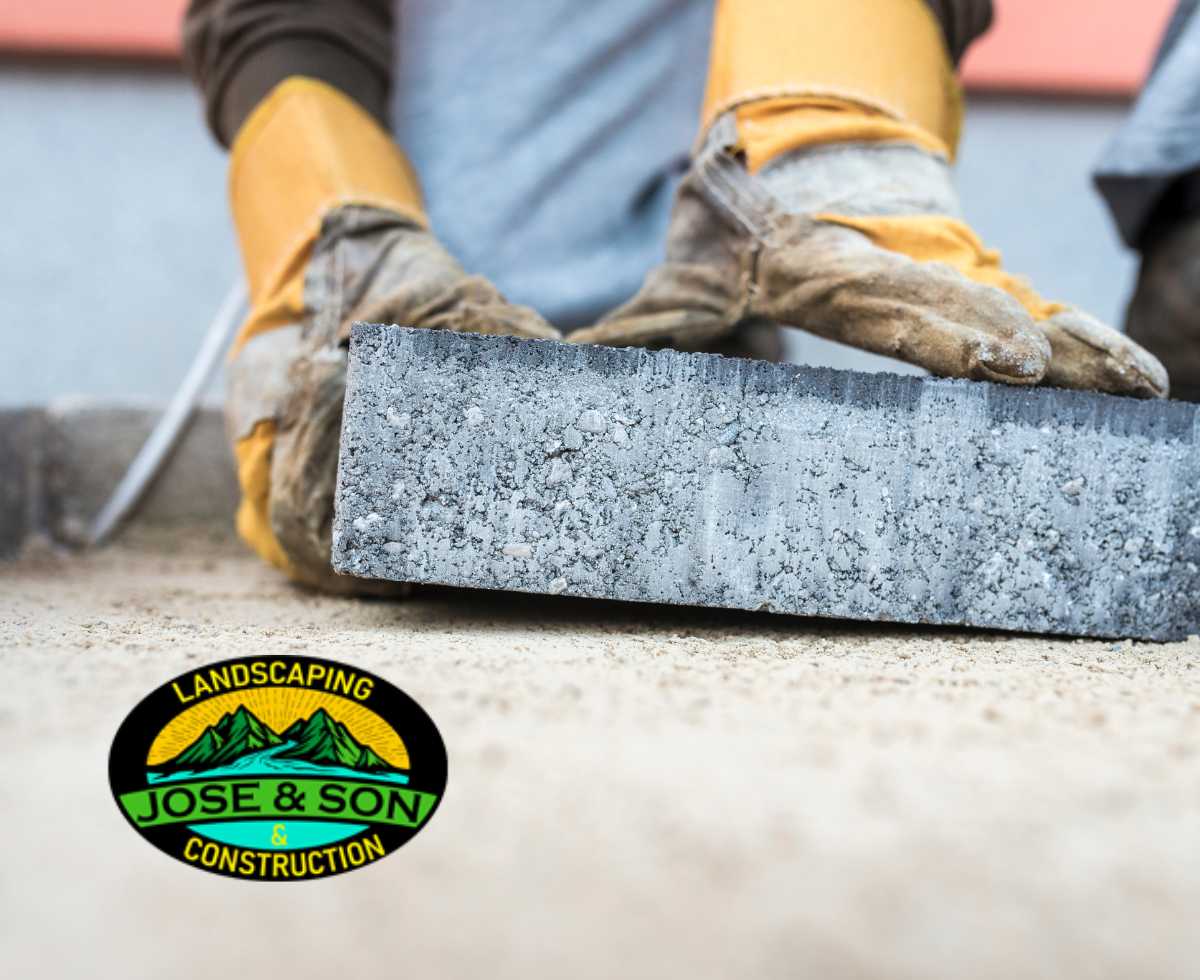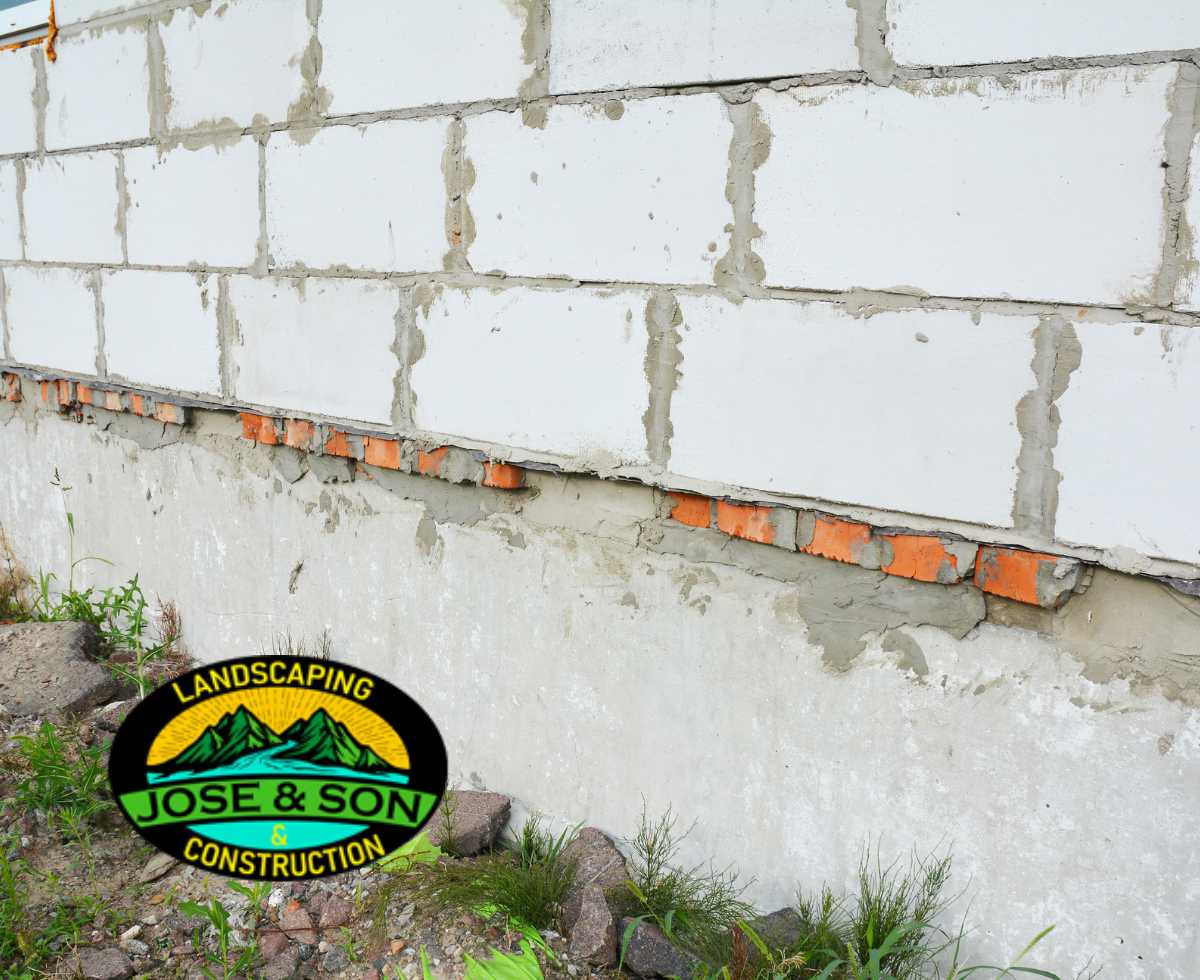
Types of Building Foundations: An In-depth Exploration
In modern construction, understanding the Types of Building Foundations is pivotal to the longevity and stability of any structure. As the backbone of every building, the foundation is much more than just a slab of concrete; in fact, it is a complex assembly designed to support the weight of an entire structure, withstand environmental challenges, and ensure the safety of its occupants. Indeed, this blog post will delve deep into the different types of foundations used in buildings today and discuss their benefits, limitations, and ideal use cases.
Table of Contents
- Shallow Foundations
- Deep Foundations
- Special Foundations
- Choosing the Right Foundation for Your Needs
Shallow Foundations: The Basics and Benefits

Slab-on-Grade Foundation
Also known as slab foundations, these are the most common foundations for homes in warmer climates. In particular, the slab is poured directly on the grade, meaning there’s no space between the ground and the foundation.
Advantages: Cost-effective, quick to install, and require less material.
Spread Footing Foundation
This involves a column or wall extending down from the structure and spreading out at the bottom, in particular distributing the load of the building over a larger area.
Advantages: Offers better stability in softer soils and distributes weight effectively.
Q: Which foundation is best for warmer climates?
A: The slab-on-grade foundation is ideal for warmer climates due to its efficient design and cost-effectiveness.
Deep Foundations: Delving Deeper
Pile Foundations
These long, slender columns are made of steel, concrete, or timber driven deep into the ground.
Advantages: Effective for structures with high load requirements or those built on unstable soil.
Pier Foundations
Similar to piles, they are drilled into the ground, making them ideal for rocky terrains.
Advantages: Provides added stability and can handle variable loads.
Q: How are pier foundations different from pile foundations?
A: While both are deep foundations, pier foundations are drilled into the ground, ideal for rocky terrains, whereas pile foundations are driven deep into the ground.
Special Foundations: Unique Solutions for Unique Needs
Mat or Raft Foundations
Used when the load has to be distributed across a large area.
Advantages: Ideal for structures with several columns and walls.
Adjustable Foundations
It can be adjusted post-construction to account for soil shifts.
Advantages: Provides flexibility in changing soil conditions.
Q: When should one consider using adjustable foundations?
A: Adjustable foundations are recommended in areas with shifting soil conditions or where the ground stability might change over time.
Choosing the Right Types of Building Foundations for Your Needs
Furthermore, selecting the right types of building foundations is paramount for the longevity and safety of your building. Factors such as soil type, load requirements, and environmental conditions are crucial in this decision. Indeed, it’s best to consult professionals who can guide you through the process, ensuring your structure stands tall and strong for years.
Jose and Son Landscaping and Construction
Creating a beautiful and safe structure starts from the ground up. Jose and Son Landscaping and Construction understand this deeply. In fact, our team excels in creating stunning construction projects that stand firm on solid ground. Contact us today!
